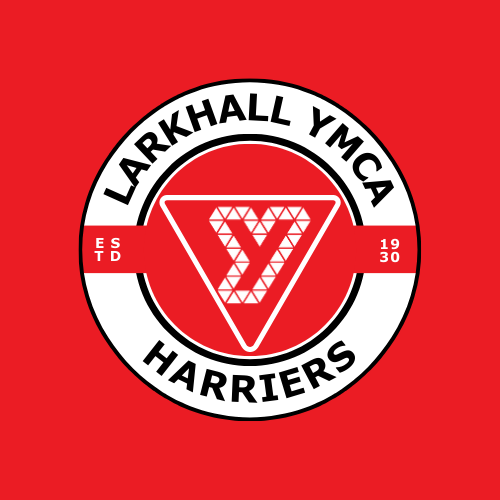What are spikes and do I need them?
You might be new to athletics or your child might be ready for their first pair of spikes so its a good idea to know which ones are right for you and your/their event. There are four types of running spikes and these are outlined below:
Sprint spikes are for sprinters running races up to and including 400m and they are designed for speed. Sprinters are trained to place their feet on the front part of their foot with minimal to no contact with the heel, therefore there is no support around the heel of the spike. The spike plate is rigid and curves up to help keep the athletes foot in the correct position which will generate more power when sprinting.
Middle Distance spikes are generally used for events including the 400m up to 1500m (although some athletes might consider 5000m races as middle distance) but these spikes will also be used by young athletes when they are first competing in athletics. These are similar to sprint spikes but have more support and cushioning around and under the heel area of the spikes. These spikes are also more flexible than the sprint spike to provide a little more protection and comfort for the athletes covering a longer distance.
Long Distance spikes are best suited for track events from 1500m upwards. These spikes provide full cushioning along the whole length of the spike providing the support of a runner trainer without the weight.Designed to take on more force over a longer period of time they’re made from more durable, but heavier, materials. Sometimes middle and long distance spikes are grouped together.
Cross country races are contested over long undulating courses. Cross Country Spikes are therefore designed to cushion and support the foot. This is achieved by having a flat profile that keeps the foot close to the ground with a thin layer of full length cushioning for added comfort and protection.The cross country season runs through the winter months, so the courses tend to be wet and muddy. To help combat this the out-sole/spike plate of the footwear is made from rubber.
There are also specialist jumping and throwing shoes available if you compete in field events.
Return to top
